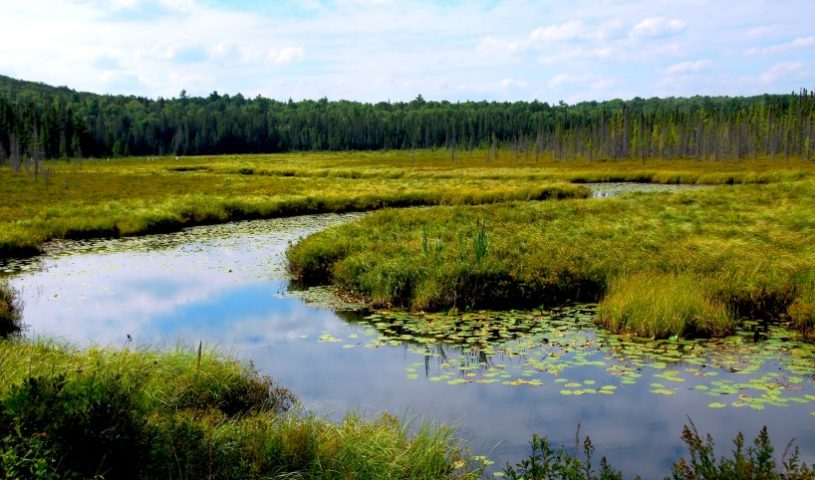Natural assets: the solution to urban growth and climate change

With rising concerns over ageing infrastructure and urban growth, many local governments are searching for solutions that will not only improve their management of critical municipal assets, but will also aid in reversing the declining quality of local ecosystems. While there are many factors that play a part in combating these challenges, the most noticeable are: (1) meeting the development pressures that come with rising populations, and (2) developing alternative solutions that will address the rising impacts of climate change.
The Identifying Barriers and Opportunities within Professional Planning Practice in Ontario (June 2018) report by lead researchers/authors from the University of Waterloo Michael Drescher, Zoë Milligan, Rachael C. Edwards, and Pierre Fillion has proposed a sustainable solution: natural assets.
Natural assets (NAs) are natural resources and ecosystems that support the delivery of required services for maintaining and improving the health, economic performance, and long-term sustainability of a community – and its residents. Municipalities can adapt such natural assets to provide the same services that are delivered by traditional engineered infrastructure. For example, instead of installing pipes to bring in drinking water supply, municipalities can incorporate an aquifer and a source water area; instead of building a water treatment plant, they can use wetlands, forests, and/or vegetation. Municipal NAs (as they’re called when municipalities use them to deliver services) are cost-efficient alternatives to an engineered replacement, and they need to be protected and effectively managed to ensure their vital services can be provided in the long term.
Acting as a guide to support local governments with their financial planning and asset management programs, the report identifies a six-step methodology to managing municipal NAs that is already being implemented by many municipalities across Canada:
- Characterize the natural asset(s).
- Develop alternative scenarios around the natural asset.
- Develop and run a hydrologic model.
- Conduct an economic valuation using the replacement cost method.
- Assess beneficiaries.
- Develop an operations and maintenance plan for your natural assets.
As well as identifying the top five barriers and opportunities to implementing municipal NA management, the report also discusses action points to address them. There is a wide variety of misconceptions relating to NAs that affect many stakeholders within the planning process. With the right tools, steps can be taken to overcome these barriers and act on opportunities. The action strategies found in this report are a great place to start.
Read the full report here.


